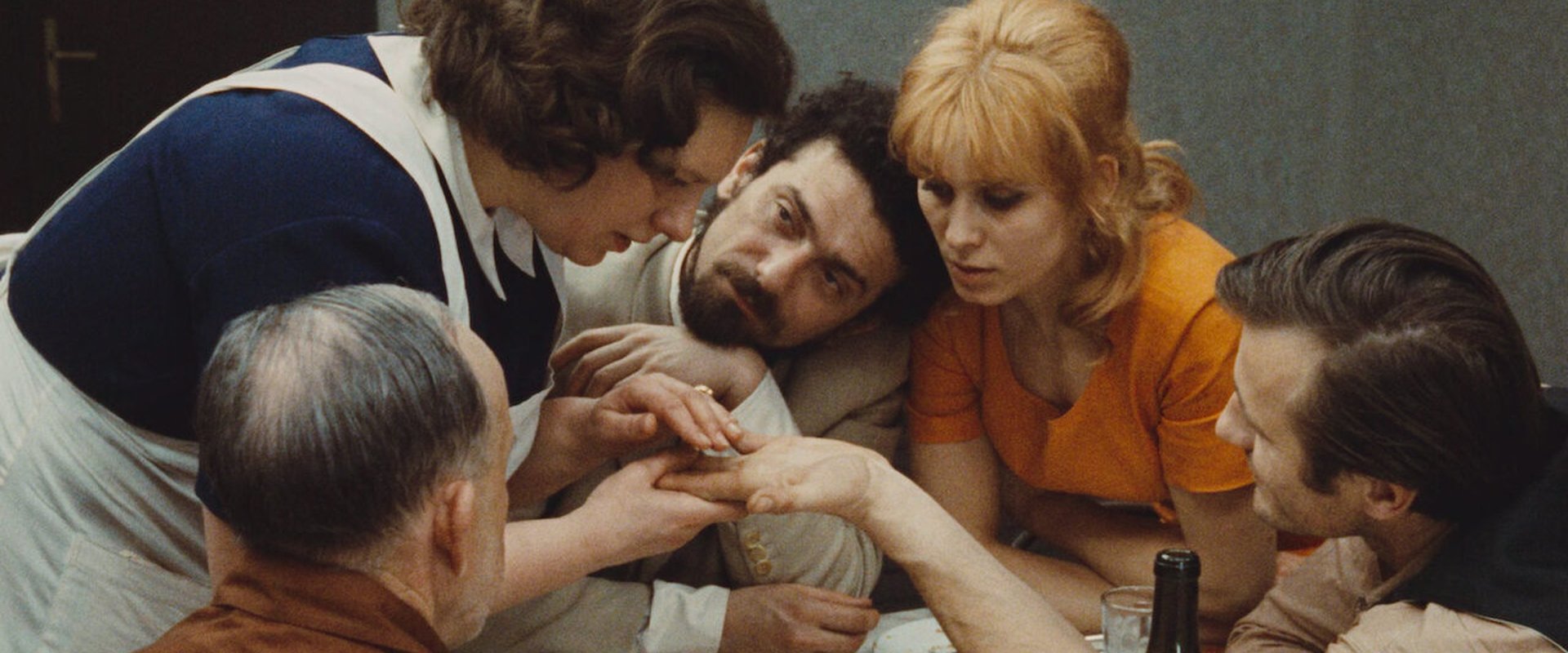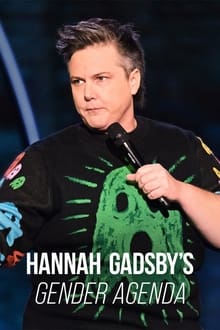All My Good Countrymen
The film begins in 1945 and traces the seasonal or annual changes that a small Moravian village undergoes until the Epilogue, which is sometime after 1958. The first part of the film set in 1945 establishes the innocence and camaraderie of a village amidst the backdrop of a post-War landscape. Children play with guns and a land mine is discovered while ploughing the fields. A group of villagers detonate it and end the night dancing and drinking in the local pub. They leave at dawn as the sun rises on a beautiful, idyllic landscape and stop to sleep beneath a tree after taking in the view. In 1948, it is just months after the Communists have taken power in February. Loud speakers blare propaganda and announce rations while the farmer Frantisek works. We discover that four of the main villagers have converted, namely, the organist Ocenas, the photographer Plecmera, the postman Bertin, and Zejvala. The townspeople disdain them. A landowner must vacate his land so it can become a collective; his wife tearfully removes pictures of Jesus and the Virgin Mary from the walls as the landowner criticizes: "I hope you look after this place, your own looks like a pigsty." To which the communists respond ominously: "Don't worry. We will show you what we can do!" The communists greedily inspect their winnings (animals, house, a stockpile of wood) and begin to loot for themselves. Meanwhile, a tailor sets up shop with his wife and the help of friends, who warn him that the communists will put an end to his good fortunes. Indeed, a group of communists come and demand he turn over the property on which he has just spent his life's savings and lead a tailoring collective instead. In 1949 the postman, Bertin, is shot after we see him and his wife-to-be, Machacova, being fitted for wedding clothes. A funeral is held after which police arrest those they deem responsible. Frantisek the noble farmer leads a mass of townspeople to demand the police turn over some of the wrongly accused perpetrators, namely the priest. The organist Ocenas, facing death threats, leaves at his wife's persistence. The photographer's wife, aspiring for status and a new house, implores her husband to fill the position left behind by Ocenas. In 1951, Zasinek comes home drunk from a night at the bar. He hallucinates the ghost of his ex-wife, a Jew. He had divorced her because he feared the Germans and she had died in a concentration camp. Her ghost tells him that she has forgiven him. Nevertheless, his guilt drives him mad. He sees her again at an afternoon soiree and dances with her briefly. Meanwhile, Machacova, "the merry widow," shows up to the same soiree with the town thief, Jorka. He has been summoned to prison a few days prior and we understand that he is to report that afternoon. After dancing, he bids her farewell and walks off, presumably toward the prison. He stops and pours acid on his left foot, which starts to hiss and boil. He returns a clock he had stolen, repaired, to its rightful owner, then collapses from his wound and dies as white goose down covers him like snow. In Autumn 1951, Zasinek is still upset about his guilt. He visits the church to confess. He is shown later at a pub amidst friends and the merry widow. They dine and soon begin to dance, all while being painted. The painting shifts from formless shapes to lackluster diners to a frenzied dance, with Zasinek soon depicted as a devil with a skull. He returns home the next morning drunk and is impaled by a loose bull and dies. In 1952, Frantisek's weary father comments on how his strength is failing with age. At a town-hall meeting, the communists announce they will take more loans; the panel clap for each other. The audience does not clap; Frantisek speaks against the decision and leads away the villagers. The communists seek to destroy him, for "as long as he is around, nothing will get done." He is arrested; police attempt to get others to sign statements alleging his guilt but with no immediate success --- the villagers hold out until they are threatened. In 1954, A communist who had stolen from the original confiscated house returns. He is called a disgrace and dismissed. Frantisek has escaped from prison but he is sick and near death. In 1955, Frantisek's health rebounds. He no longer has anything but buys a horse and sets to work again. The narrator asks, "which can bear more, a man or a horse? A man, because he has to." In 1957, Realizing that the village rallies around the noble Frantisek, the communists ask him to persuade the others to declare their harvests. Frantisek refuses. After being forced, all villagers sign except Frantisek. In 1958, Frantisek is taken to the home originally seized from the landowner. It has been poorly taken care of; he agrees to take it on and become the collective's leader. On his way to assume the role, he and his daughter's carriage are stopped by a carnival procession of villagers masked with the heads of animals and monsters. They are gentle to him and he laughs as he continues. The mob moves next to an oncoming car. It is the photographer and his wife.










